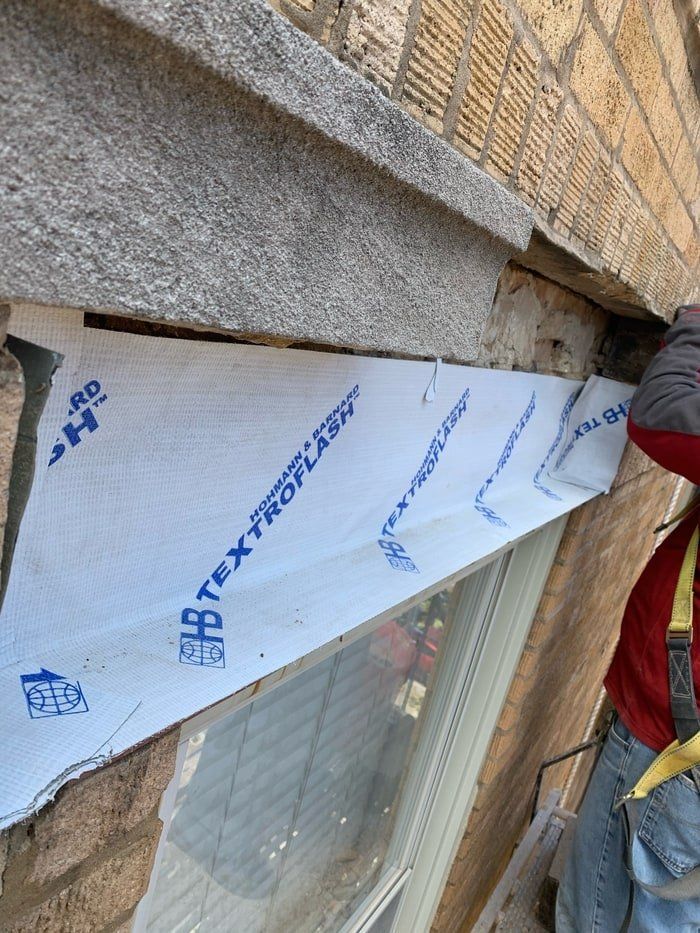Should lintels be caulked?
Lintels are often installed in the openings of a building to support the weight that is coming from above. By having lintels installed above your windows, doors, and chimneys, not only will it be able to maintain its stability, it will also minimize the cracks from appearing as time passes.
As many of us know, buildings often get damaged after a couple of years. This can be traced to several reasons, such as aging, exposure to moisture, earthquakes, etc. Lintels offer so much support and help in keeping buildings stronger for a much longer time.
On the other hand, there may be times when the lintels in our home are causing us discomfort instead of offering us assistance. One example of this is when the water from the rain comes inside our homes from the spaces where the lintel was placed. This can be very annoying, and may even damage some of the stuff inside our building. Also, the water coming from outside can be the reason why our masonry may get weakened.
When this is the case, there must be something done so that the water will not be able to enter anymore from the gaps in our lintel. Some people might recommend caulking the area.
Can you have your lintel caulked?
One of the things you might think will fix the lintel problem is having your lintels caulked. After all, if the gaps are sealed, there will be no water that can enter the building anymore, and the problem will be solved, right? Unfortunately, this statement can never be more wrong. In fact, many professionals would say to never, ever, try to caulk your lintel.
What does “caulking” exactly mean?
If you are wondering why masonry professionals highly advise against caulking your lintel to fix the leaking problem, we need to know what it means and what caulking will do to your support beam.
Caulking is the process that is done by closing holes or gaps between buildings and other structures. This is possible by using caulk, a material that is just like an adhesive or glue for construction purposes. Some caulking is made to cover gaps while some are used to waterproof a certain surface.
What does caulking do to a lintel?
The main reason why experts do not recommend caulking a lintel is because of this: Yes, caulking the lintel may aid in keeping the water from entering between the gaps, however, it will keep the moisture from getting out. This would mean that in caulking your lintel, you will also close the drainage system of your lintel, which will trap moisture into your walls.
When moisture has no way of getting out, it will stay inside the walls, making your lintels rust and deteriorate much faster while also making your building more susceptible to water damage. If your home is entirely made using masonry units and materials, it will only take a matter of time for you to see some cracks and crumbling to appear in your walls and flooring.
Caulking a lintel can be a very dangerous and expensive mistake. Aside from damaging the lintel itself, it will also cause structural damage, which is a very serious problem. When nothing is done to fix the mistake, it will grow worse and worse to the point where your entire building may fail and fall.
What are the alternatives to caulking?
There are several alternatives that can be done to stop water from leaking in between the gaps around your lintel. Some of these are:
Install flashing
If your lintel was installed properly, it should have flashing, which functions as a barrier that keeps moisture away from entering the gap above and below the lintel. In some cases, the flashing might fail or might not even be installed in the first place. A failed or non-existent flashing makes it possible for moisture to seep into the gaps, and when it is raining hard, you will have water gushing into the space that will enter your building.
To fix this, have flashing and weep holes installed above your lintels. If you already have one, they may be able to be repaired, as they may have been clogged or repositioned as time passed.
Having your masonry tuckpointed
Another alternative to caulking is to have your masonry tuckpointed instead. This is because the moisture that is affecting your lintels may be due to a failing masonry, which will need to be repaired as soon as possible.
Tuckpointing is done by scraping the old mortar in between your masonry and replacing it with a fresh new mortar. When your masonry is sealed, this can solve the problems with water leaks and will make your entire building and lintels last longer.


